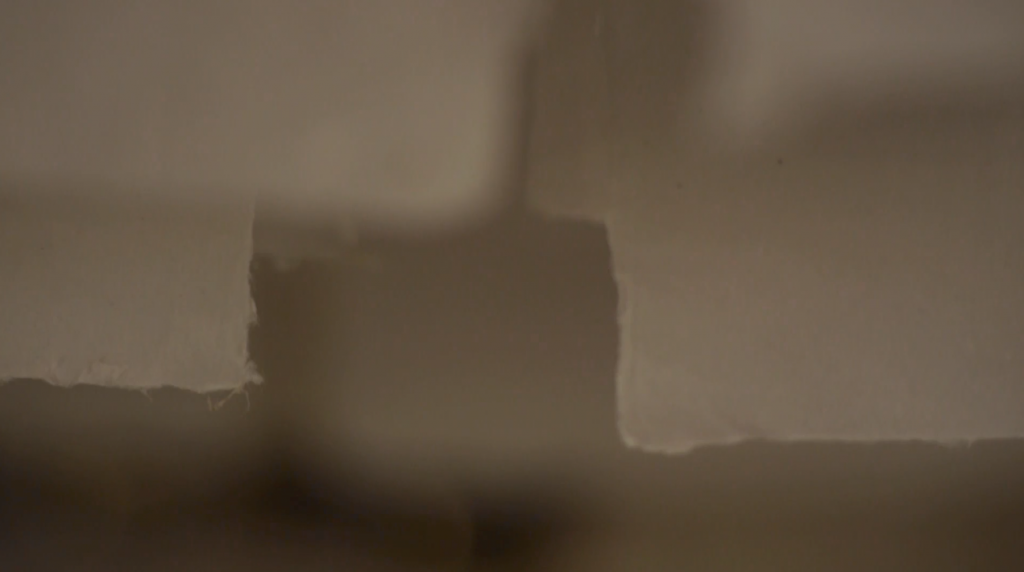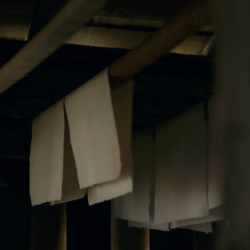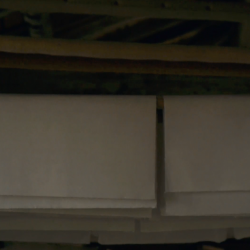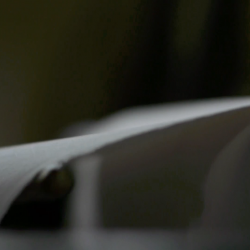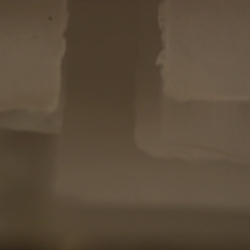The odyssey of paper
02.06.2017The story of paper cannot be squeezed on one sheet of paper. Paper, a key invention for writing, is the foundation stone for awakening thoughts and obscurantism as well as being a way of spreading knowledge and propaganda. It has been at the core of religious, technical, economic (and latterly) ecological issues.
Paper is a dry substance produced by suspending plant fibres or tissues of animal material (wool, silk…) in water. These are subsequently drained and turned into sheets. These sheets are an excellent material for writing down thoughts. If paper forms the body of a book; the writing on it forms the book’s soul. It has become increasingly popular over the course of history, replacing the Amate paper created by Amerindians made from unmacerated bark fibres that were beaten and smoothed with gum; parchment (from animal skins) and papyrus – the layering of cut, crushed and compressed pulp wood fibres. The use of paper is so diverse and it is still on the increase despite the digital age.
As often is the case, origins and assumptions become confused over the years. A few centuries ago, the invention of paper was attributed to the Chinese and the technique was a tightly keep secret. It sealed the words of those in power; setting the wheels in motion, setting out instructions and perpetuating the voice of authority. Traditionally, its inventor and deified patron was the Marquis Caï-Lun, a Eunuch and high official, who mentioned its existence to the Emperor Hoti in 105 AD. He was responsible for improving the quality and durability of paper by adding fibres from fabric remnants to hemp and bark fibres.
The secret was filched after the battle of Talas in 751 when armies from the Abbasid caliphate defeated those of the Tang dynasty. Scientists and craftsmen with the secret techniques involved in making gunpowder, silk and paper were taken hostage. Paper was then used to spread the word of the Koran and played a role during the golden age of Islam (VIIIth to XIIIth century). Its rise accompanied the saga of Arab conquests as far away as Andalusia. This explains why it was regarded with such mistrust by Christian clergy when its invention spread via Sicily to Italy during the twelfth century. However, the growth in paper mills continued regardless. The first paper mill in France appeared in 1348 in Troyes. Before long the reinvention of printing by Gutenberg in 1454 (originally a Chinese invention) came to be associated with the European humanism of the Renaissance, inaugurating a new era in world history. As the traditional writing materials of the West such as papyrus and vellum (medieval parchment made from the skins of still-born calves) were too fragile and too expensive to make, printing and paper became interlinked as a the source of material that was relatively durable and cheap to produce.
The honing of techniques and the application of science completed the paper revolution over the course of the following centuries. Hydraulic power presses simplified the maceration of hemp and linen fibres by using rotors. During the XVIIth century, the Dutch rag engine eliminated this preliminary phase. The mechanisation of pulp production and the transition from rectangular sheet frames to a moving screen belt and squeeze rolls in 1798 resulted from a patented technique introduced by Frenchman Louis-Nicolas Robert. Unfortunately, due to a lack of funding, the latter was subsequently taken up and improved in England. The technical developments continued until the paper industry was truly well established as a heavy industry during the twentieth century.
It was during the XIXth century that science elucidated empirical knowledge through the discovery of cellulose, a fibre derived from plant cells (in particular wood and cotton). During a period when the availability of fabric was scarce, wood – which was widely available and cheap to boot – became the cornerstone of paper making activities.
Manufacturing processes, different raw materials, paper grammages (weights) and paper grains created an infinite variety of paper, laid (textured) paper and vellum; cigarette paper; paper for bibles, paper for artistic activities (water colouring, etching etc), lithography, art books, coffee filters, cardboard and even paper money…
Recyclable, incinerable and biodegradable, the valorisation of paper is hot news because of its ecological potential. And because paper is part and parcel of books and of the writing process, it continues to be an invention that is central to humanity. In French, ‘paperwork’ is synonymous with a person’s ID. It is not so much the future of paper that is in question, rather its use as a repository of knowledge and wisdom when faced by a rise in the dematerialisation of data and the written word.
- Papier “pur chiffon”, à la papèterie artisanale Le Moulin du Verger.
- Papier “pur chiffon”, à la papèterie artisanale Le Moulin du Verger.
- Papier “pur chiffon”, à la papèterie artisanale Le Moulin du Verger.
- Papier “pur chiffon”, à la papèterie artisanale Le Moulin du Verger.


